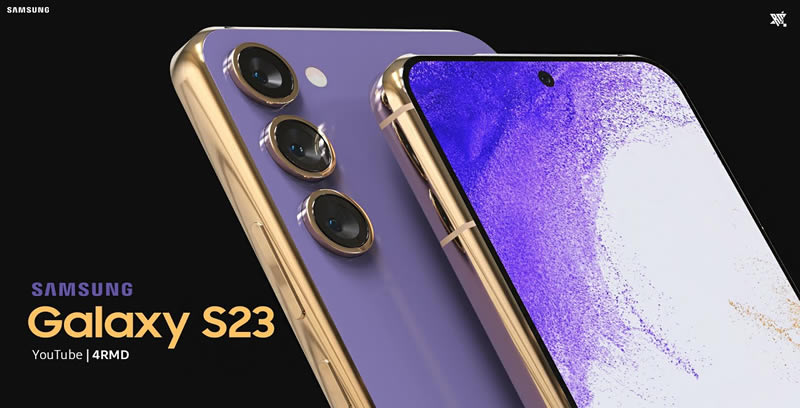Search result

Although no many people find expandable storage of any use, a lot of people prefer to have a MicroSD card slot on a phone. Unfortunately, a lot of phones nowadays don't use this extra storage space. These manufacturers choose not to include the MicroSD card slot merely because it takes up precious space that could be filled by more important components.
Xiaomi though might have a different approach for this. Every smartphone uses a SIM card slot for the SIM, so why not have a SIM card that is also a microSD card. This will save the extra spaced needed for a microSD card slot taking up on your phone.
A patent found by IT Home shows how Xiaomi is working on the revolutionary storage technology that may end up the need for separate slots altogether. The card would have the usual SIM technology on one side and then storage technology on the other side. This would, of course, require a specialized SIM tray that can read both ends. The only drawback here is that only Xiamoi phones could use this kind of technology. As this technology is patent by the company.
It may seem like a brilliant idea but it might be too late. Since eSIM technology is going to be a more popular form of technology in smartphones, and there might not be even a space for a physical SIM tray the card in the upcoming few years. However, between now and then Xiamoi could entice people looking for expandable storage to buy its products.
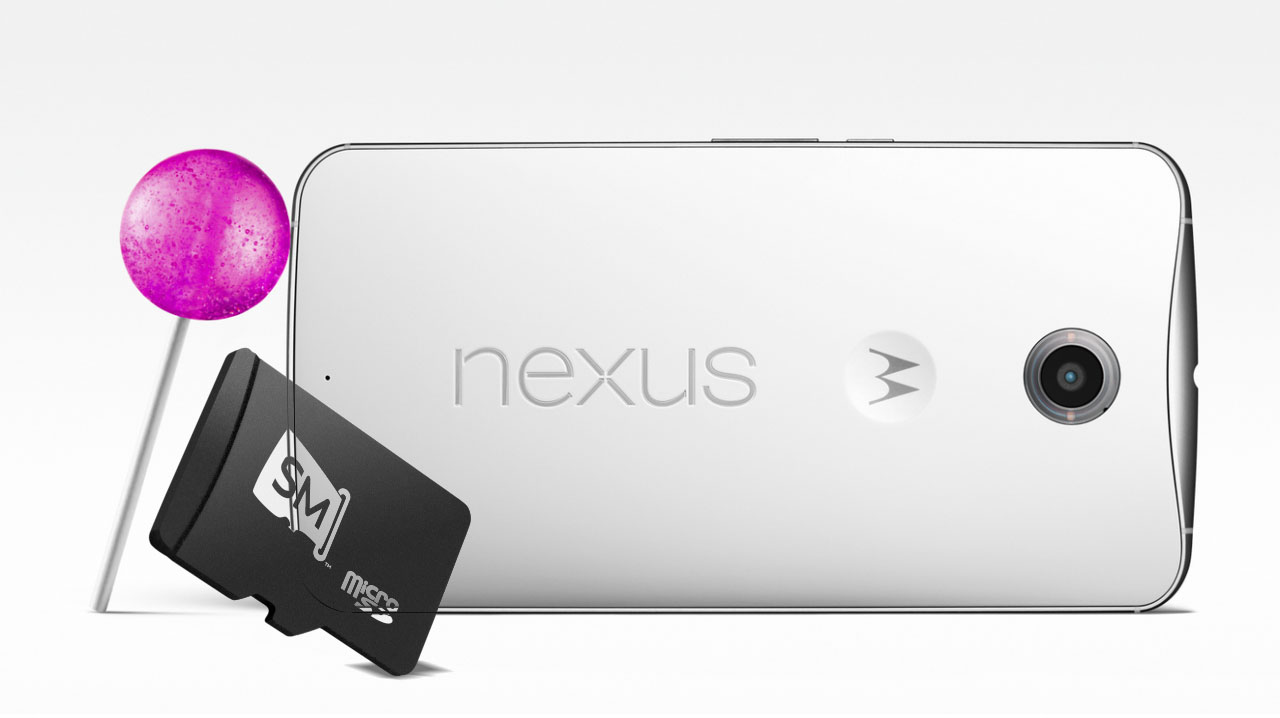
Android Kitkat brought many storage problems and headache to the App developers, users complained about this many times and the only solution is to Root your phone to be able to transfer files from the Internal storage to the external storage (microSD cards). Google finally solved this problem with Lollipop.
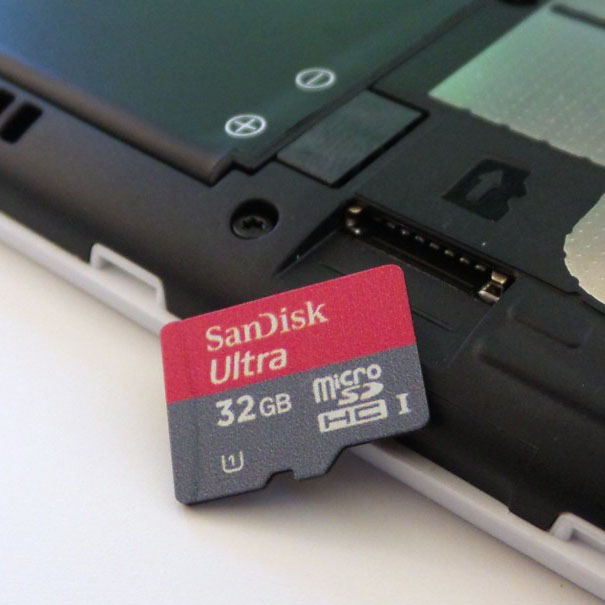
Now with the release of the final version of Android 5.0 Lollipop, new APIs were added to allow apps to request full access to directories owned by other providers. These APIs have been improved to offer more capabilities than before, and they do it in a very user-friendly and secure way. You'll no longer have to Root your phone to access/modify your microSD data.
Here's what Google Developers said about lollipop shared storage devices:
Richer access to secondary shared storage devices
In KitKat we introduced APIs that let apps read/write file in app-specific directories on secondary storage devices, such as SD cards.
We heard loud and clear that developers wanted richer access beyond these directories, so in Lollipop we added the new ACTION_OPEN_DOCUMENT_TREE intent.
Apps can launch this intent to pick and return a directory from any supported DocumentProvider, including any of the shared storage supported by the device.
Apps can then create, update, and delete files and directories anywhere under the picked tree without any additional user interaction. Just like the other document intents, apps can persist this access across reboots.
This gives apps broad, powerful access to manage files while still involving the user in the initial selection process.
Users may choose to give your app access to a narrow directory like "My Vacation Photos," or they could pick the top-level of an entire SD card; the choice is theirs.
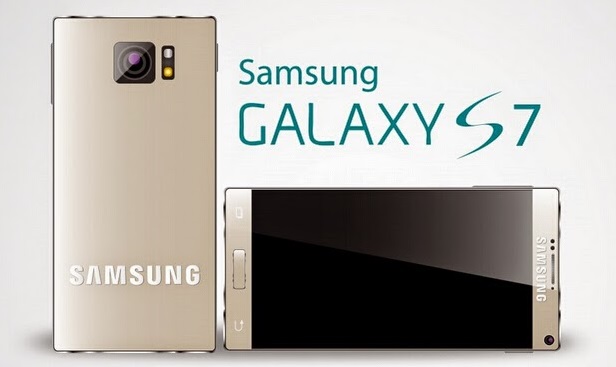
Earlier this year when Samsung launched its Galaxy S6 and S6 edge, something that got leaked out was both of the smartphone's inability to support expandandable storage via microSD card.
Although there was mixed response about this limitation, consumers took note of this while choosing devices with various storage options (32, 64 and 128 GB) available at different price point. Now it seems Samsung might be considering the option to give expandable storage via miscroSD in the S7, which is supposed to release in the first quarter of 2016.
According to HDBlog.it, Samsung will release two devices at Mobile World Congress 2016, with the Galaxy S7 featuring a 5.2-inch flat display and the Galaxy S7 edge, like the S6 edge -- having a 5.7-inch curved screen. There were speculations in August that the two new handsets would be powered by the Snapdragon 820 chipset, marking a comeback to Qualcomm over Samsung's own Exynos chip.
But, the S7 is rumored to have a top and bottom curved screen, as well as the expandable storage option mentioned above. Right now it's not quite clear if this flagship device will get removable storage We hope to see this unfold in the due course of time.
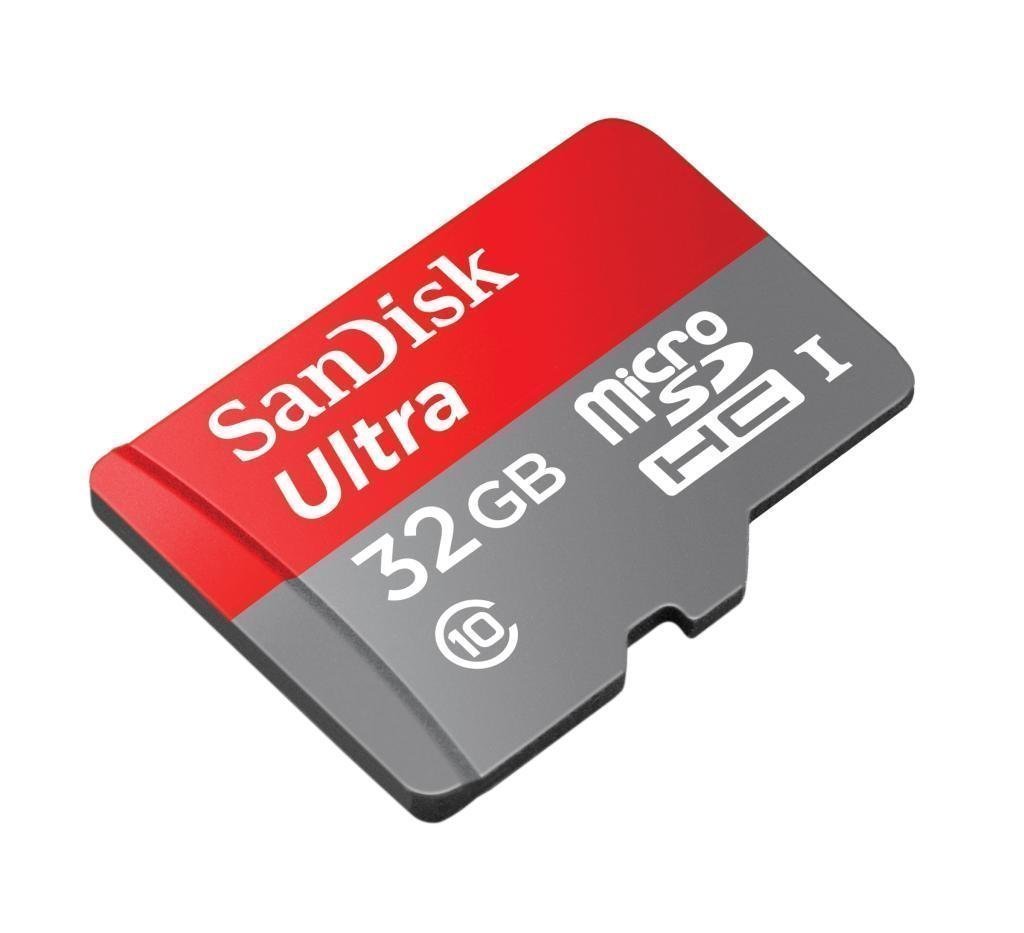
Most Android smartphones support external storage via a microSD card nowadays, with the exception of a few of course. Apart from leaving more space for apps on your phone's internal storage by storing all your media, microSD cards can also be adopted as the internal storage of your smartphone, provided that the phone is running on Android 6.0+ and your device supports the feature. The choices are plenty when it comes to choosing a memory card, but if you want the best for your brand new high-end smartphone, here are a few of the best that are available right now.
SanDisk Extreme Plus
Max read speed: 95MB/second
Max write speed: 90MB/second
UHS-I/U3
Warranty: Lifetime (limited)
Lexar Professional 633x
Max read speed: 95MB/second
Max write speed: Around 30 - 33MB/second (not mentioned)
UHS-I/U3
Warranty: Lifetime (limited)
Samsung Evo Plus
Max read speed: 80MB/second
Max write speed: 20MB/second
UHS-I/U3/Class 10
Warranty: 10 years (limited)
Transcend Ultimate 633x
Max read speed: 95MB/second
Max write speed: 85MB/second
USH-I/U3/Class 10
Warranty: Lifetime (limited)
Keep in mind that there might be a few faster cards available, but when it comes to microSD cards for smartphones, these provide the best performance hands down.
Saikat Kar (tech-enthusiast)
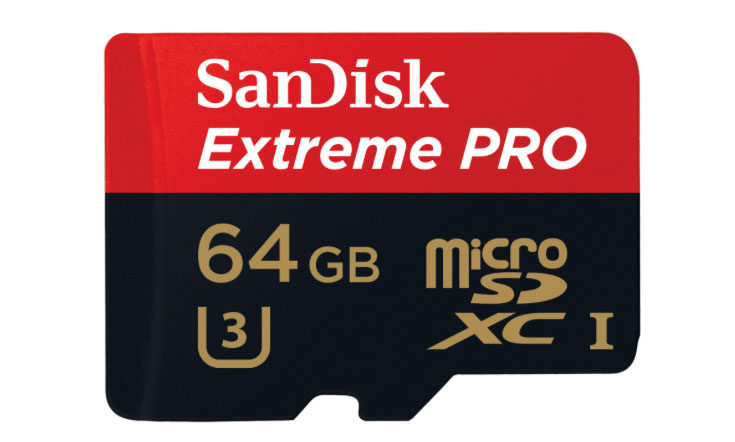
SanDisk is putting out the most exciting products as far as memory cards can be exciting, It's new UHS Speed Class 3 (U3) microSD cards. U3 rating means that the cards can reach write speeds of up to 90MB/s and read speeds of 95MB/s.
The SanDisk Extreme PRO U3 cards are aimed at high-quality 2160p video recording that can quickly grow up in bitrate. U3 speed is the recommended rating by the SD Association for 2160p video and smartphone cameras are only becoming more and more demanding.
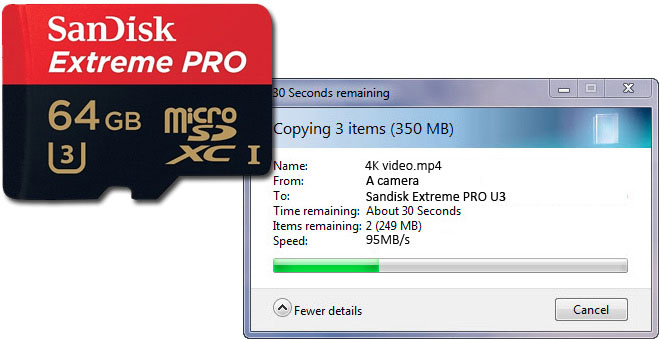
The SanDisk Extreme PRO cards are available worldwide now and come in 16GB, 32GB and 64GB capacities. The Price of the card increases due to the High-speed, the smallest card (16GB) is $80 while the biggest card (64GB) is $300.
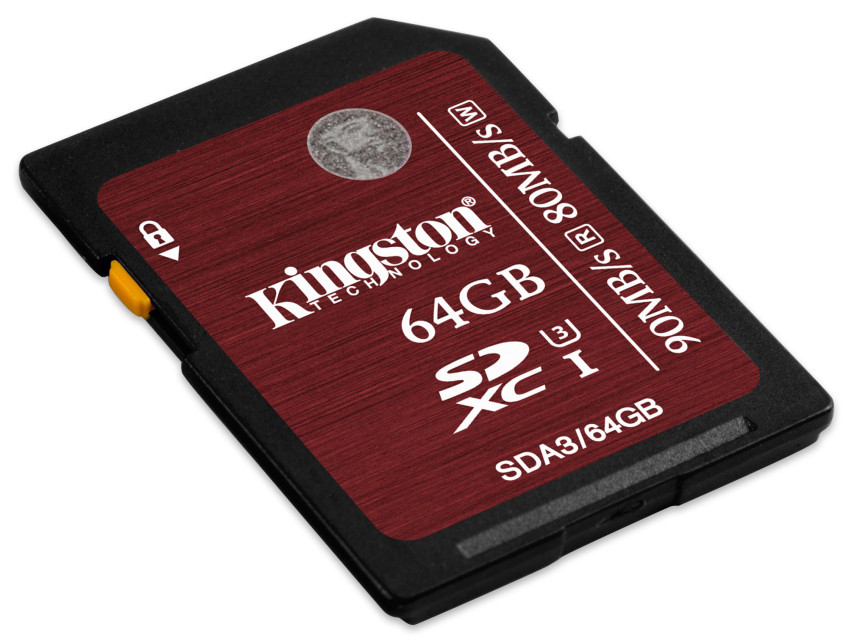
Today at CES 2015, Kingston introduced microSD and SD cards under the UHS-I Speed Class 3 boasting some 90MB/s read and 80MB/s write speeds. This is great news for those who want to play and record 4K video without stuttering. These speeds exceeds the standard Class 10 SD cards 9x times for the read speeds and 8x times for the write speeds.
By Kingston estimates, users can capture up to 60 minutes of 4K HD video or shoot photos in RAW or up to 8,000 24 MP images in JPEG on a 64GB card. The new card is available in 16GB, 32GB, and 64GB flavors, but pricing is yet to be announced.
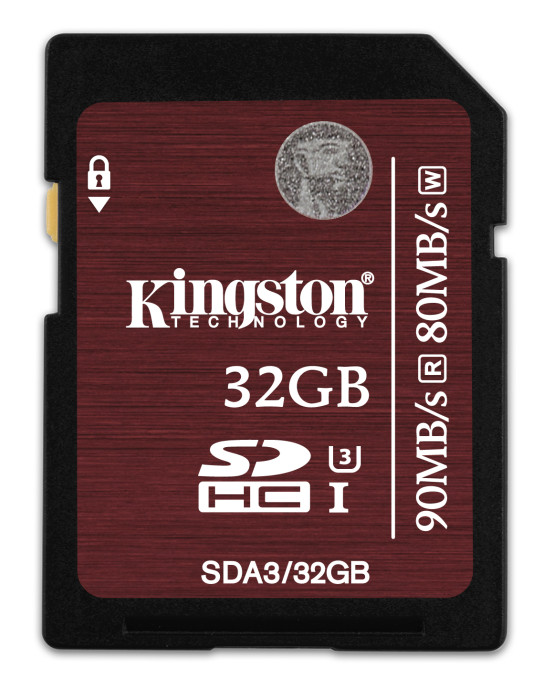
Kingston SDHC/SDXC UHS-I U3 Flash Card Features & Specifications
Versatile: Class 10 performance when used in a non-UHS-I capable device
Compliant: with the SD Card Association specification
Secure: built-in write-protect switch prevents accidental data loss
Compatible: with SDHC & SDXC host devices; SDXC cards are not compatible with SDHC-enabled devices/readers
File format: FAT32 (SDHC 16 GB-32 GB), exFAT (SDXC 64 GB)
Guaranteed: lifetime warranty, free technical support
Capacities: 16 GB, 32 GB, 64 GB
Dimensions: 24 mm x 32 mm x 2.1 mm
Operating Temperatures: -25°C to 85°C
Storage Temperatures: -40°C to 85°C
Voltage: 3.3v
Performance: up to 90 MB/s read and 80 MB/s write, UHS-I Speed Class 3 (U3)
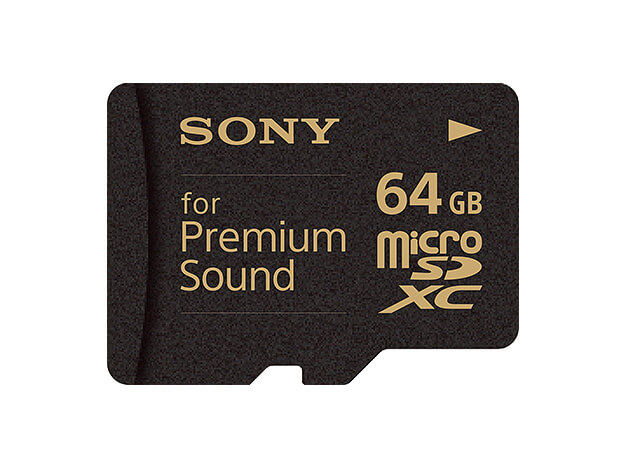
Sony invented a new line of microSD cards that can produce better sound if they are made from the right materials and tuned just right to minimize electric noise coming from the card while it's working.
It theory a poorly designed component could interfere with the electric system of a phone or MP3 player and mess up the accuracy of its amps. Though in reality the label is an audiophile placebo that will cost around $155 when it comes out in Japan on March,5th.
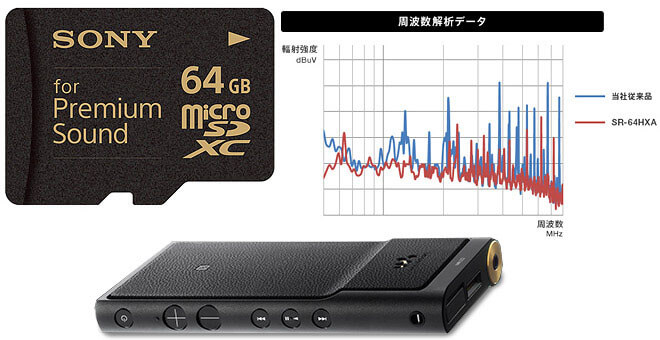
Either way, unless you paid twice as much for your headphones than you would for this card and you listen exclusively to FLAC, you don't need the Premium Sound microSD card. And even if you do, you probably still don't need one.
© 2023 YouMobile Inc. All rights reserved
